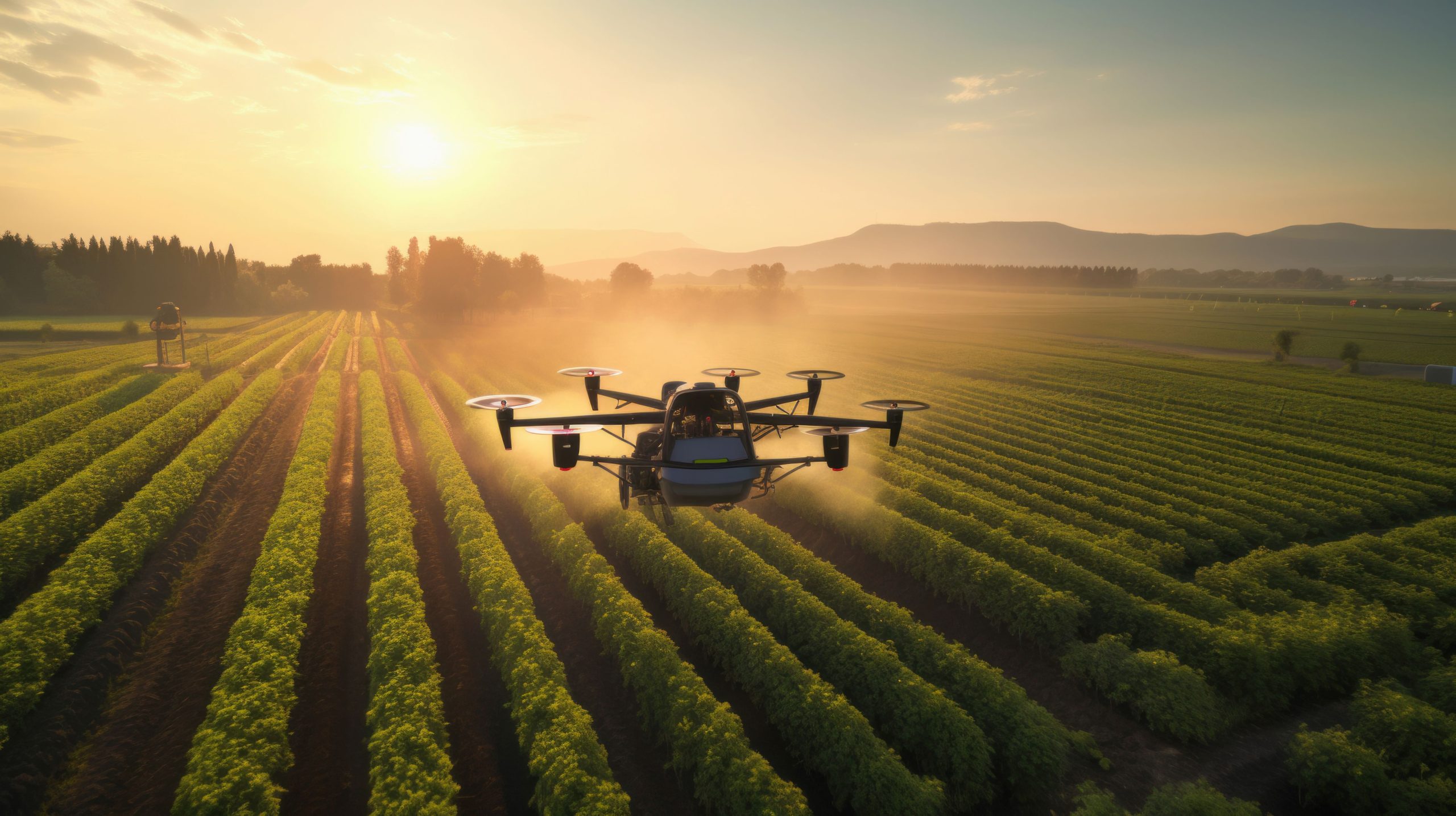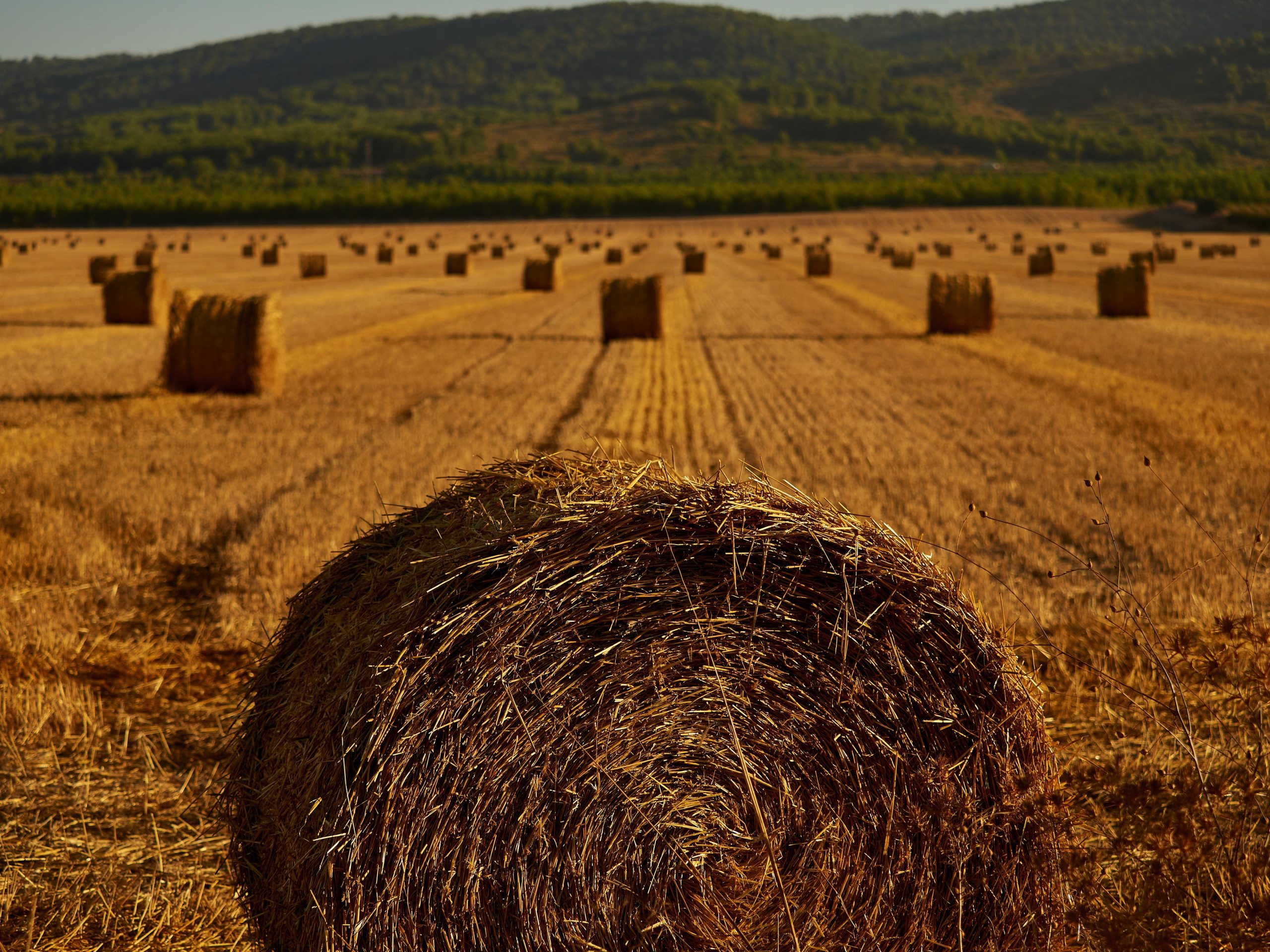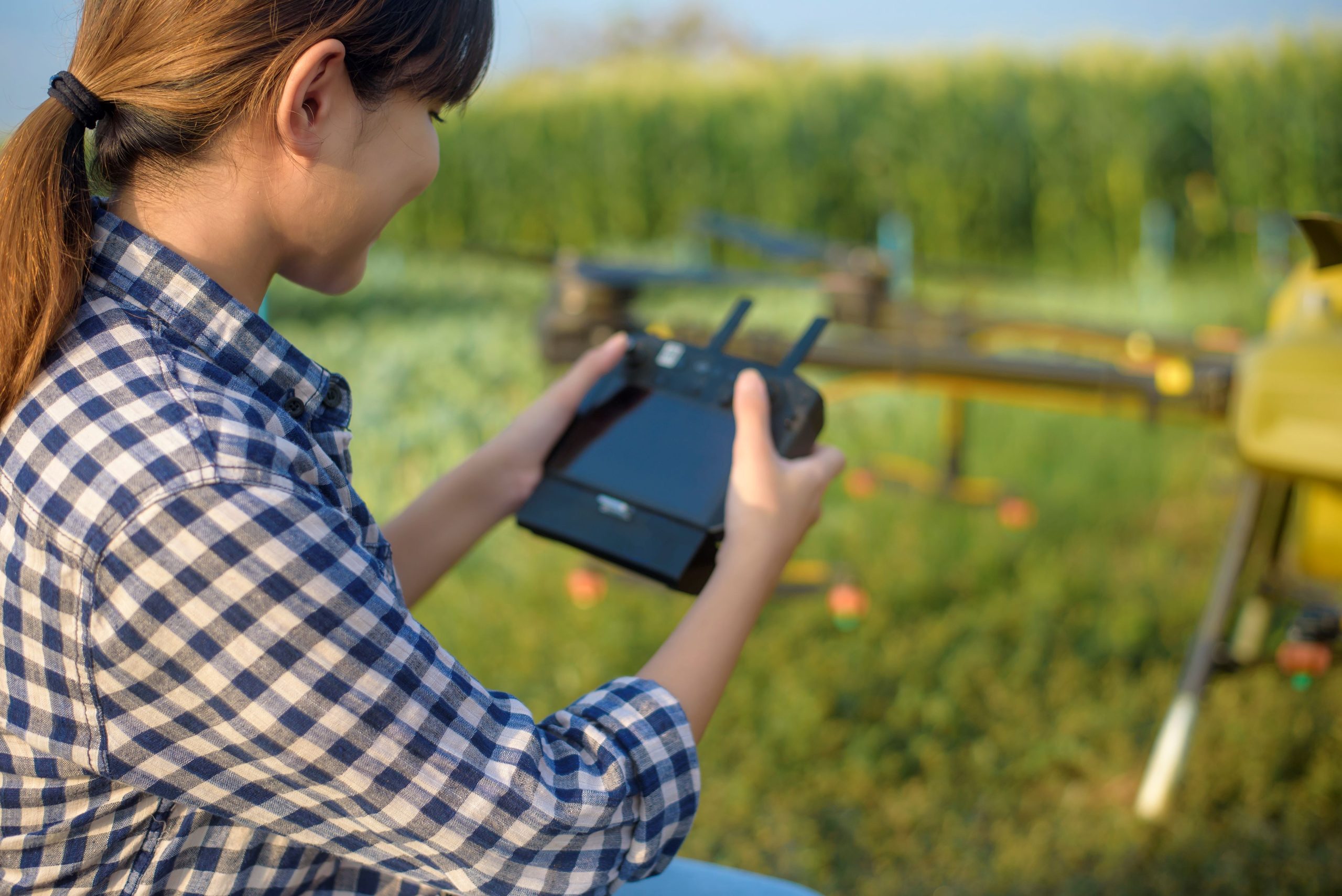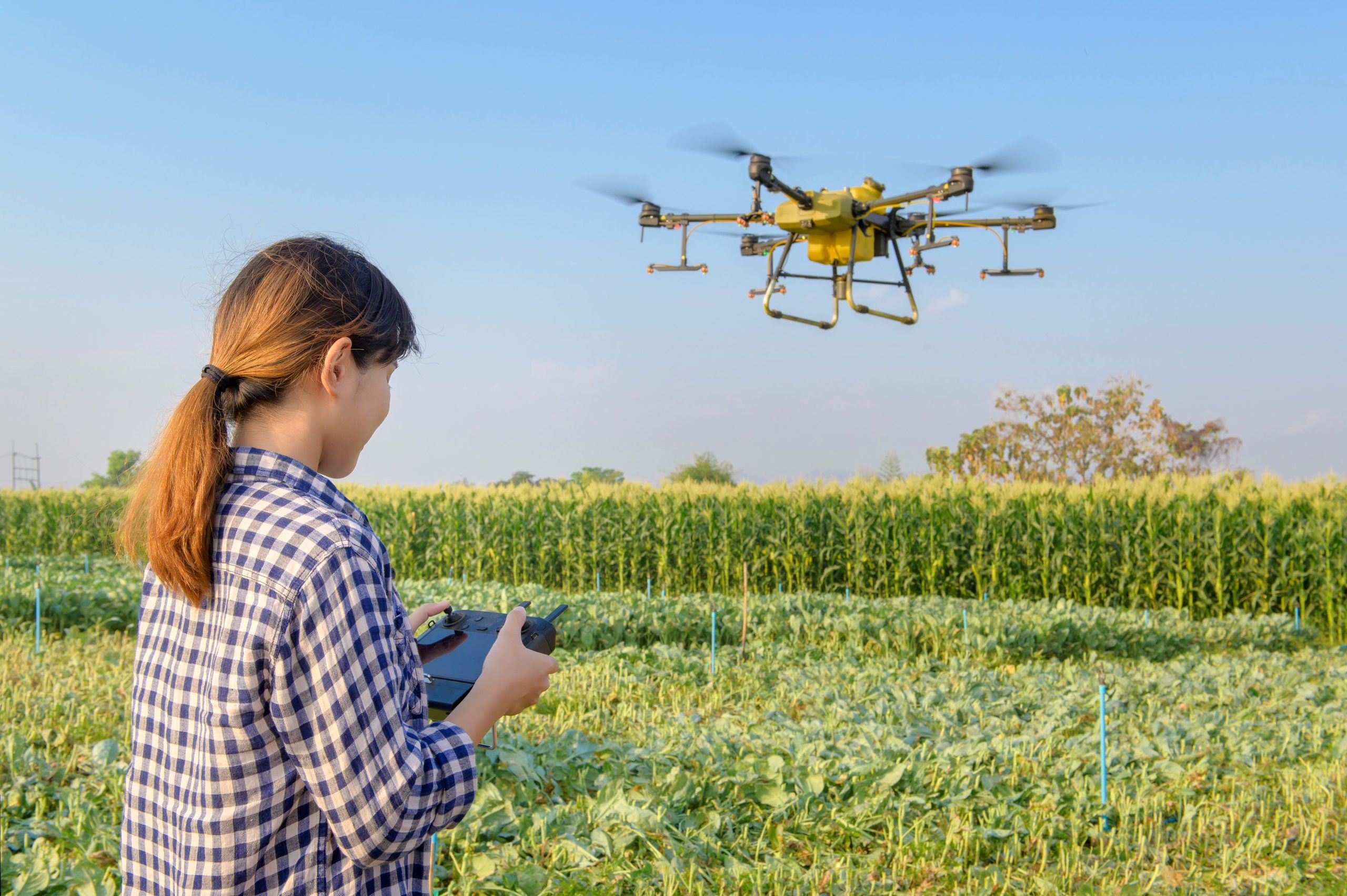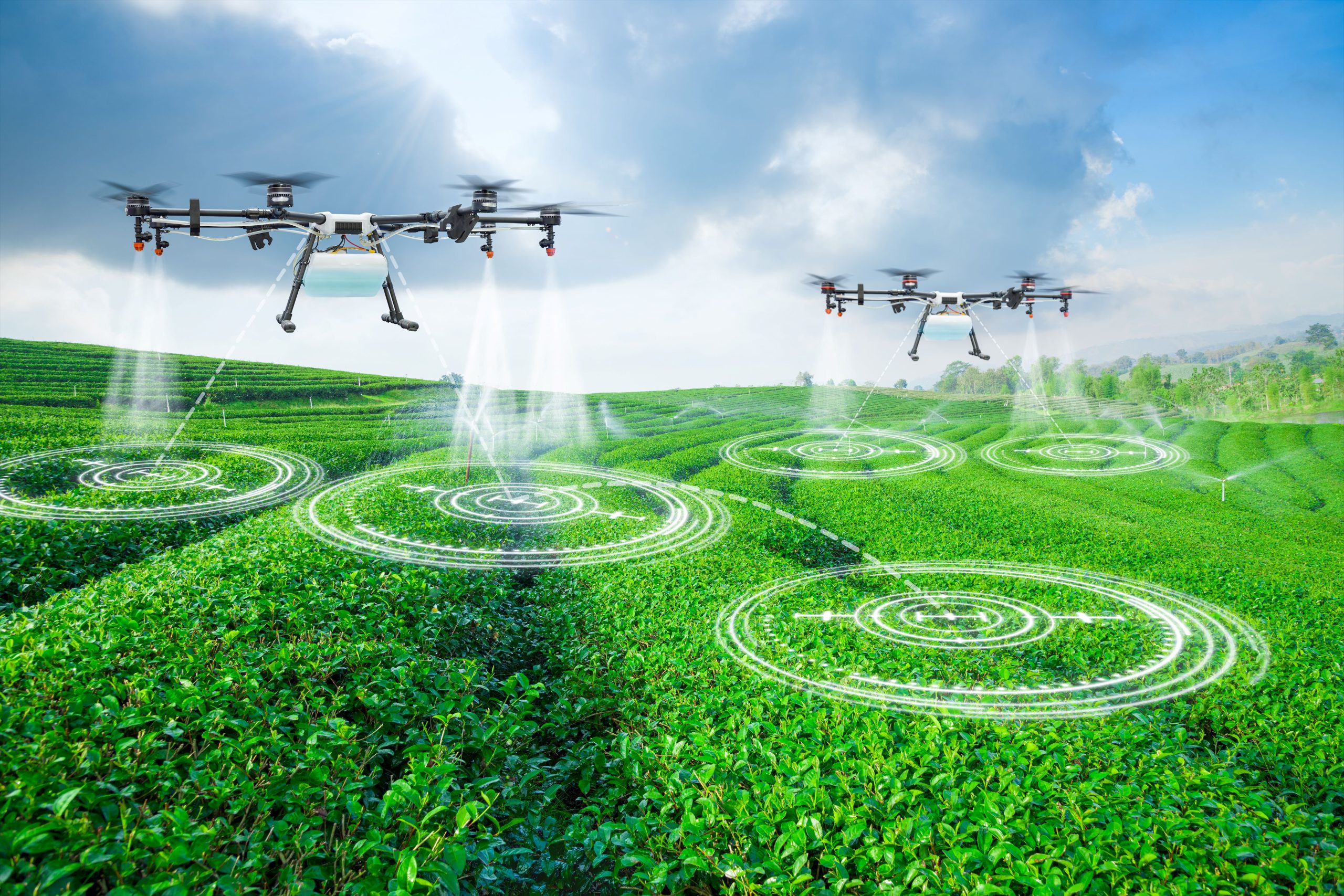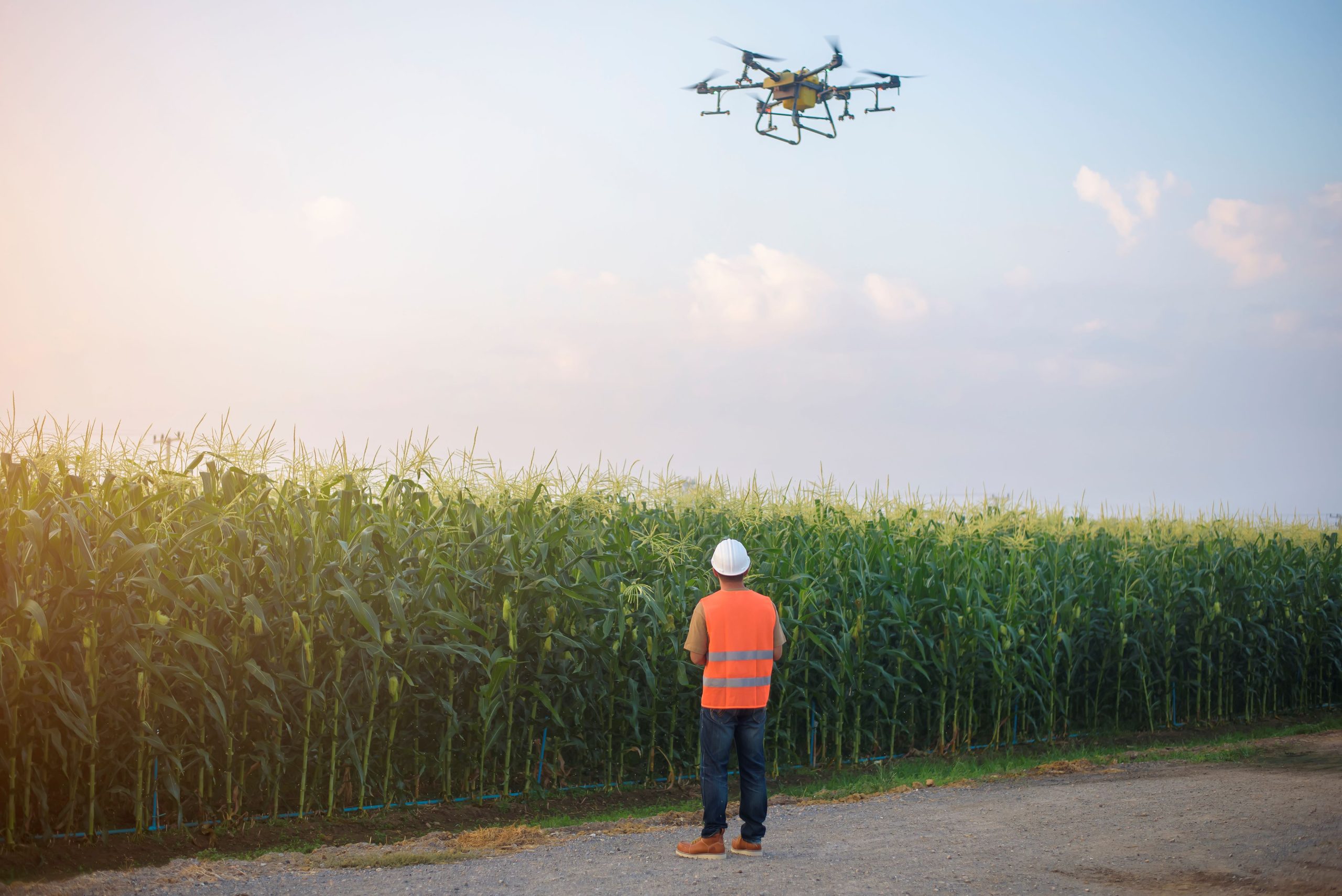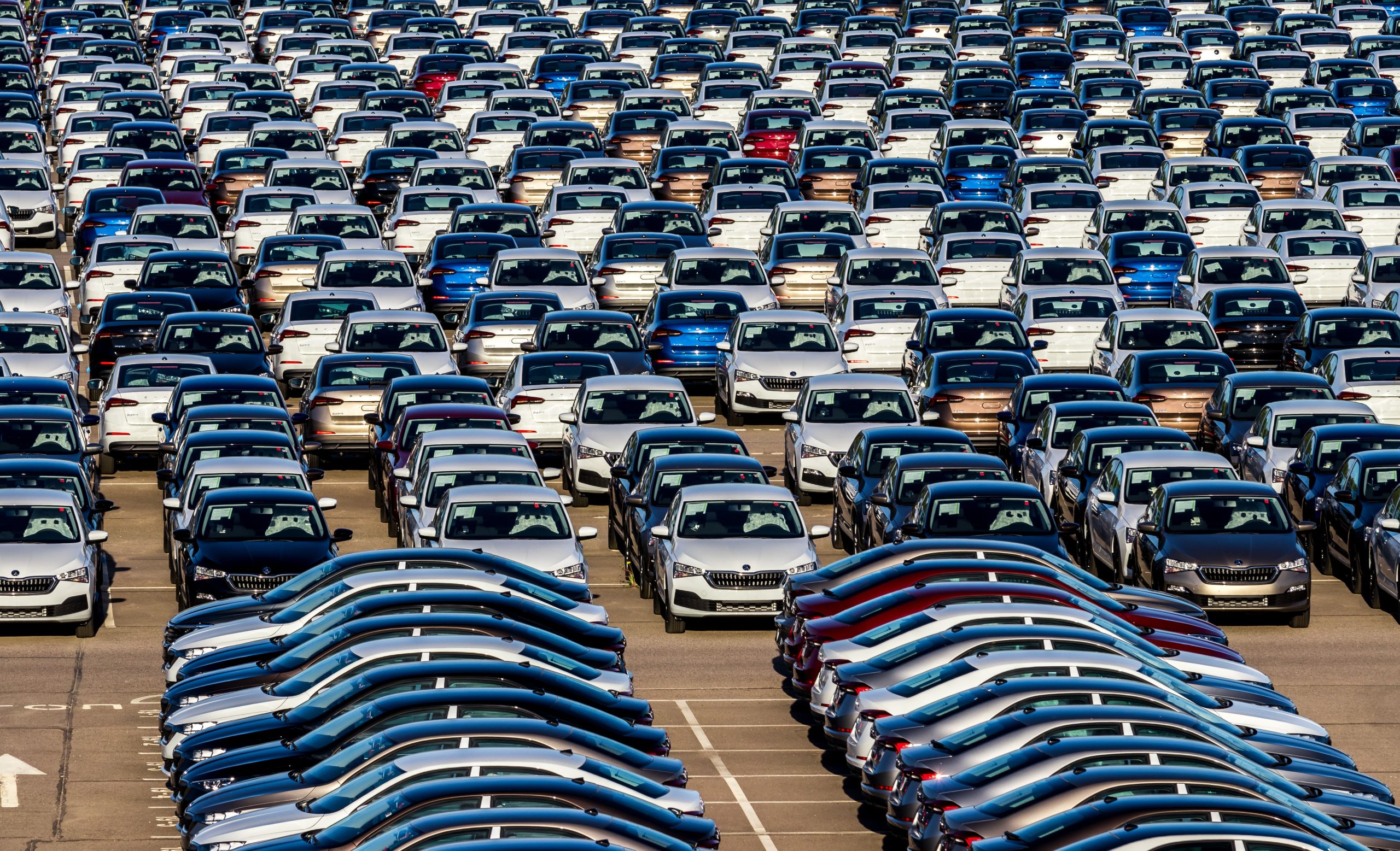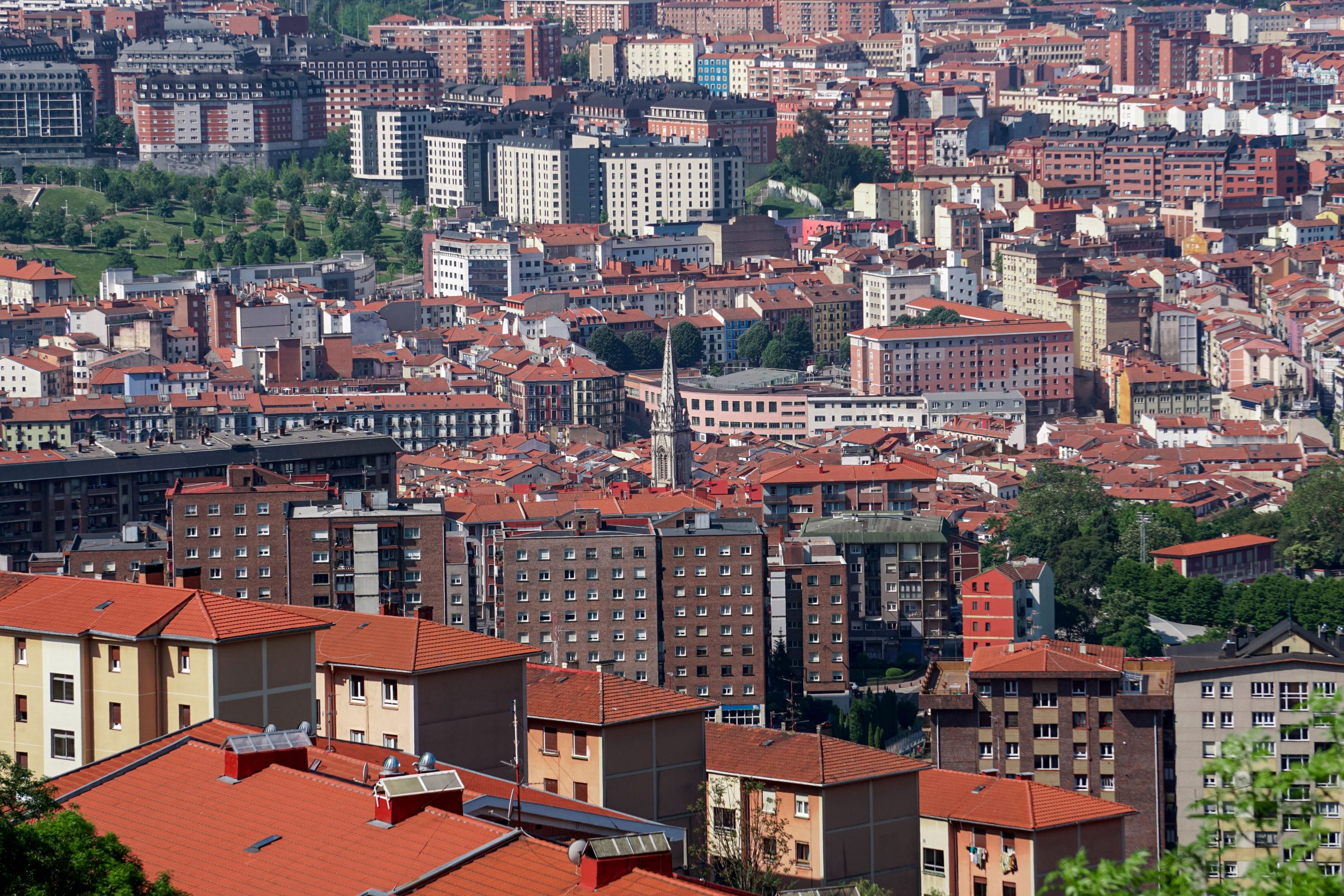Imagine this: A drone buzzing over the picturesque vineyards of Italy, precisely spraying just the right amount of nutrients on each vine, while a farmer sits in his office, monitoring everything from his smartphone.
Welcome to the future of European agriculture, where tech meets tradition in the most delightful way. Did you know that Europe’s agricultural drone market is projected to grow by over 20% annually? That’s right, the age-old image of farmers with pitchforks is getting a high-tech upgrade!
Europe’s agricultural landscape is as diverse as its history. From the sprawling wheat fields of France to the olive groves of Greece, farming here is a blend of ancient practices and modern innovations.
But it’s not all sunshine and sunflowers. European farmers face a myriad of challenges, including climate change, labor shortages, and ever-tightening regulations. Despite these hurdles, there’s a green revolution underway, powered by cutting-edge technology and innovative practices.
This article delves into the exciting world of agri-tech innovations transforming European agriculture. We’ll explore how technology is revolutionizing farming practices and driving sustainability. And for those brilliant businesses outside Europe eyeing a piece of this fertile pie, we’ll provide insights on how to break into this dynamic market.
Buckle up, because the future of farming is here, and it’s smarter, greener, and more connected than ever before.
The Current State of Agriculture in Europe
Overview:
Let’s take a scenic tour of European agriculture. Picture the vast, golden wheat fields stretching across France, the serene vineyards dotting the rolling hills of Italy, and the verdant pastures in the Netherlands where cows seem to chew grass with a kind of Zen-like calm.
Europe’s agricultural diversity is a testament to its rich history and varied climates. Whether it’s the potato fields in Ireland or the citrus orchards in Spain, every corner of Europe has something unique to offer.
This patchwork of agricultural practices and produce is not just about feeding the continent; it’s about preserving a cultural heritage that’s deeply intertwined with the land.
Challenges:
However, it’s not all wine and roses. European farmers are grappling with some hefty challenges. Climate change is the unruly guest that nobody invited but won’t leave, bringing unpredictable weather patterns and threatening crop yields.
Labor shortages are another thorny issue, with fewer people willing to don the farmer’s hat. And then there are market pressures, from fluctuating prices to strict EU regulations, squeezing farmers from all sides. It’s a high-stakes balancing act, and the stakes are only getting higher.
Sustainability Efforts:
But don’t despair just yet—there’s a green wave sweeping across Europe. Sustainability isn’t just a buzzword here; it’s a movement. From organic farming initiatives in Germany to regenerative agriculture practices in Spain, European farmers are embracing methods that protect the environment while ensuring their livelihoods.
The EU’s Common Agricultural Policy is also pushing for greener practices, offering incentives for farmers who adopt sustainable methods. Imagine fields of crops that not only feed us but also nurture the soil, reduce carbon footprints, and support biodiversity. It’s a beautiful vision, and Europe is leading the charge.
Technological Innovations Transforming European Agriculture
Precision Farming:
Imagine farming with the precision of a surgeon. That’s the magic of precision farming, where GPS, drones, and IoT devices come together to create a symphony of efficiency.
Farmers can now map their fields down to the square meter, monitor soil conditions, and even track the health of individual plants. Drones buzz overhead, providing real-time aerial imagery that highlights areas needing attention.
IoT sensors embedded in the soil relay data on moisture levels, nutrient content, and more. It’s farming like never before—precise, data-driven, and incredibly efficient. With this technology, farmers can reduce waste, optimize inputs, and increase yields, making every drop of water and every grain of fertilizer count.
Smart Farming:
Enter the world of smart farming, where artificial intelligence (AI) and machine learning are the new farmhands. These technologies crunch vast amounts of data to provide predictive analytics and informed decision-making.
Picture a farmer getting a notification about an impending pest outbreak or the best time to harvest, based on weather patterns and crop growth data. AI algorithms can analyze past harvests, soil conditions, and climate data to forecast future yields and suggest optimal planting strategies.
It’s like having a crystal ball, but one powered by cutting-edge tech. This not only boosts productivity but also helps in minimizing risks and making farming a more resilient enterprise.
Biotechnology:
Biotechnology is the wizardry that’s revolutionizing crop genetics and bioengineering. Think of crops that are not only higher-yielding but also more resilient to pests, diseases, and harsh weather conditions.
European scientists are at the forefront of developing genetically modified organisms (GMOs) that promise better nutrition, longer shelf life, and less reliance on chemical inputs. Imagine tomatoes that stay fresh longer or wheat that thrives despite drought.
This is not just about tweaking genes; it’s about securing the future of food in a world with growing environmental pressures and a burgeoning population.
Vertical Farming:
And then there’s vertical farming, the urban agriculture phenomenon that’s turning city spaces into productive greenhouses. Picture towering structures in the heart of cities where crops are grown in stacked layers, using hydroponics or aeroponics systems.
These farms use significantly less water and land compared to traditional farming and can operate year-round, regardless of weather conditions. Europe’s urban centers are seeing a boom in these innovative farms, providing fresh produce with minimal environmental impact.
It’s farming gone vertical, meeting the demands of urban populations while addressing space constraints and sustainability goals. Imagine grabbing your morning salad from a farm right around the corner, fresh and free of the usual transportation footprint. Welcome to the future of agriculture, where innovation meets practicality in the most delightful ways.
Key Players and Success Stories
Innovative Companies:
Europe is buzzing with agri-tech innovators who are transforming fields into futuristic farms. Take John Deere, for example, a name synonymous with farming equipment that’s now leading the charge in smart tractors equipped with GPS and automation features.
Then there’s Agroptima, a Spanish startup that provides farm management software, making it a breeze for farmers to track and optimize their operations. Another star player is Infarm, a German company revolutionizing urban agriculture with modular vertical farms that can be installed anywhere from supermarkets to restaurants.
These companies are not just adding tech to farming; they’re redefining what’s possible in agriculture.
Collaborative Efforts:
The synergy between tech companies and traditional farmers is where the magic happens. For instance, BASF, a chemical giant, collaborates with small-scale farmers across Europe to develop and implement sustainable crop protection solutions.
In Denmark, the collaboration between the startup Agri-Tech and local farmers has led to the creation of AI-driven tools that help optimize crop rotation schedules, significantly improving soil health and productivity.
Another great example is the partnership between Trimbot, an AI-powered robot developed by an international consortium, and Dutch rose growers. Trimbot prunes roses with surgical precision, enhancing the quality and yield of these delicate flowers.
These collaborations showcase how tech and tradition can join forces to create a brighter, more sustainable future for agriculture.
Opportunities for Non-European Businesses
Market Entry Strategies:
So, you’re a non-European business eyeing the lush fields of Europe? Fantastic choice! But how do you get your boots on the ground?
First, consider setting up a local presence—whether it’s a satellite office or a partnership with a local distributor. Having boots on the ground can provide valuable insights and build trust with European farmers.
Next, leverage trade shows and industry events like Agritechnica in Germany or the Global Forum for Food and Agriculture. These events are goldmines for networking and showcasing your innovations.
And don’t forget about digital marketing; a strong online presence tailored to European sensibilities can open doors you didn’t even know existed.
Regulatory Landscape:
Navigating Europe’s regulatory landscape might feel like threading a needle, but it’s essential for success. The EU has stringent regulations aimed at ensuring food safety, environmental protection, and consumer health.
For agri-tech businesses, this means adhering to rules on everything from pesticide use to genetically modified organisms (GMOs). It’s crucial to familiarize yourself with the EU’s Common Agricultural Policy (CAP), which sets the framework for agricultural subsidies and programs.
Additionally, compliance with the General Data Protection Regulation (GDPR) is a must, especially if your tech involves data collection from farms. It might sound daunting, but there are plenty of resources and consultancy services to help you navigate these waters.
Funding and Incentives:
The good news? Europe is not just a land of regulations; it’s also a land of opportunities, especially when it comes to funding.
The EU offers various grants and incentives for agri-tech innovations under programs like Horizon Europe, which focuses on research and innovation. There are also national programs within member states that provide financial support for sustainable agriculture and tech advancements.
Venture capital is another avenue, with numerous European VC firms eager to invest in promising agri-tech startups. And let’s not forget the potential for public-private partnerships, where government bodies and private enterprises join forces to drive innovation.
Partnerships and Collaborations:
One of the smartest moves for non-European businesses is to form partnerships with local entities. Collaborating with European universities and research institutions can give you access to cutting-edge research and development.
Joining forces with local agri-tech firms can help you navigate the market more effectively and tap into established networks. Another strategy is to partner with European farmers and agricultural cooperatives, which can provide practical insights and a ready-made customer base.
Finally, participating in EU-funded projects and consortiums can not only boost your visibility but also position you as a key player in the European agri-tech scene.
Challenges and Considerations
Cultural and Regional Differences:
Europe is a patchwork quilt of cultures, each with its own traditions, preferences, and ways of doing business. What works in the potato fields of Ireland might not fly in the olive groves of Greece. Understanding these regional nuances is crucial.
For instance, German farmers might prioritize precision and efficiency, while Italian farmers could value tradition and craftsmanship. Language barriers, local customs, and even regional dietary preferences can influence how agricultural products and technologies are received.
A one-size-fits-all approach won’t cut it here. It’s essential to do your homework, engage with local stakeholders, and perhaps even hire local experts who can help navigate these cultural waters with finesse.
Regulatory Hurdles:
Ah, the regulatory labyrinth of Europe! As we mentioned before, the EU’s regulatory framework is designed to ensure safety, sustainability, and fairness, but it can feel like navigating a maze. Each member state might have additional layers of regulations on top of the EU-wide rules.
For agri-tech businesses, this means a thorough understanding of laws concerning everything from pesticide use to data privacy. Take GMOs, for example—some countries are more accepting, while others have strict bans.
Navigating these regulations requires a strategic approach: stay informed about the latest legal changes, consider hiring regulatory consultants, and always have a compliance strategy in place.
And remember, aligning with these regulations is not just about ticking boxes; it’s about building trust with consumers and partners who prioritize safety and sustainability.
Technological Adaptation:
One of the biggest mistakes a business can make is assuming that what works in one part of the world will work everywhere. European farms come in all shapes and sizes, from small family-run operations to vast commercial enterprises.
The technology you’re bringing needs to be adaptable and customizable. For example, IoT devices designed for large-scale farms in the US might need tweaking to suit the smaller plots typical in many European countries.
Soil types, climate conditions, and even farming practices vary widely across the continent. Flexibility is key—be ready to adjust your tech to meet local needs. This might mean working closely with local farmers to gather feedback and continuously refine your products. It’s about creating solutions that fit like a glove, not just ones that look good on paper.
Future Trends and Predictions
Emerging Technologies:
The future of European agriculture is shaping up to be a blend of science fiction and Mother Nature’s best practices. Imagine farms where robots not only plant and harvest but also scout for pests and diseases with pinpoint accuracy.
We’re talking about advancements in robotics that could make traditional farming tools look like ancient relics. Next up, we have blockchain technology, set to revolutionize supply chain transparency, ensuring that from seed to shelf, every step is traceable and trustworthy.
And let’s not forget about CRISPR gene-editing technology, which promises to create super crops that are more nutritious, resilient, and tailored to specific climatic conditions. Oh, and AI will get even smarter, predicting everything from weather patterns to market trends, helping farmers make the best decisions possible.
Sustainability Goals:
Europe’s commitment to sustainability is nothing short of ambitious. The EU Green Deal aims for climate neutrality by 2050, and agriculture is a key player in this mission. Expect to see a major push towards regenerative agriculture practices that restore soil health and sequester carbon.
Technology will be at the heart of these efforts, with innovations in bio-based fertilizers and pest control reducing reliance on chemicals. Precision agriculture will minimize waste and maximize efficiency, ensuring every resource is used judiciously.
The rise of circular farming models, where waste products from one process become inputs for another, will also gain momentum. It’s about creating an agricultural system that not only feeds people but also heals the planet.
Global Impact:
Innovations in European agriculture won’t just stay within the continent’s borders; they’re set to ripple out globally. Europe’s stringent standards and advanced technologies often set benchmarks that other regions strive to meet.
As European farmers adopt cutting-edge agri-tech solutions, they create blueprints that can be adapted and implemented worldwide. This includes everything from sustainable farming practices to sophisticated supply chain management.
Countries facing similar challenges, like climate change and resource scarcity, can look to Europe for proven strategies and technologies. Moreover, Europe’s leadership in agricultural sustainability can inspire global policy shifts, encouraging other regions to prioritize the environment alongside agricultural productivity.
Key Takeaways
We’ve journeyed through the diverse and dynamic landscape of European agriculture, from the fertile plains of France to the innovative urban farms of Germany. We’ve explored the transformative power of precision farming, smart farming, biotechnology, and vertical farming, showcasing how technology is revolutionizing traditional practices.
We’ve met the key players and heard inspiring success stories, highlighting the collaborative efforts that are driving this green revolution. We’ve also discussed the opportunities and challenges for non-European businesses, offering strategies for market entry, navigating regulatory landscapes, and adapting technologies to local needs.
Finally, we’ve looked ahead to the future, envisioning a world where emerging technologies and sustainable practices create a thriving, resilient agricultural sector.
So, what’s next? For businesses outside Europe, the message is clear: seize the opportunity. The European agricultural market is ripe for innovation and expansion. By leveraging the latest agri-tech solutions, you can not only gain a foothold in this diverse market but also contribute to a more sustainable and efficient global food system.
Engage with local partners, understand the regulatory landscape, and tailor your technologies to meet the unique needs of European farmers. The future of farming is here, and there’s a place for your business in this exciting transformation.

